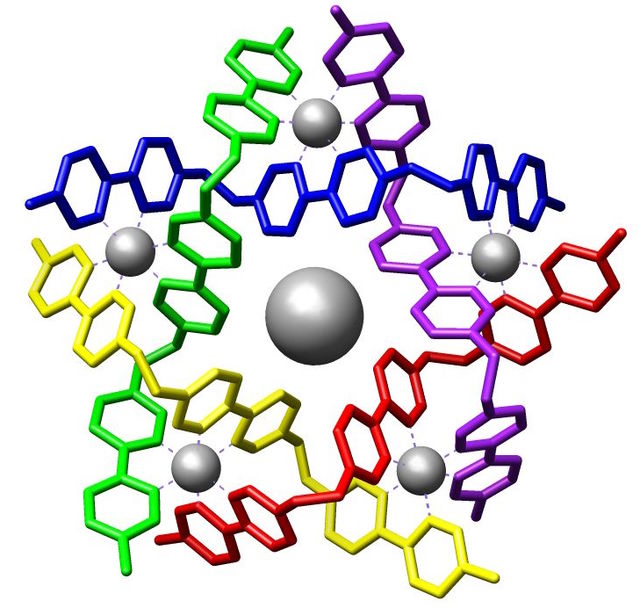
- Seminar
- Dr. David González Rodríguez
- Organized by: IB
- March 8, 2024, 11:30 am
- Auditorium of the Institute for Bioengineering Vinalopó building
Next 8/03/2024, at 11:30 am, will take place in the auditorium of the Institute of Bioengineering of the Miguel Hernández University of Elche, located in the Vinalopó building of the campus of Elche, a research conference entitled “Functional molecular systems by self-assembly” within the program of seminars of the Master of Biotechnology and Bioengineering and the PhD Program in Bioengineering. The lecture will be given by Dr. David González Rodríguez, Professor of Organic Chemistry at the Universidad Autónoma de Madrid, and is organized by Prof. Ángela Sastre Santos, Professor of Organic Chemistry and researcher at the Institute of Bioengineering of the UMH.
Brief description of the talk
Focused on the fundamental study of non-covalent interactions and molecular self-assembly, Supramolecular Chemistry is an important research discipline that reaches its full potential when directed at solving relevant and complex problems in other fields. After all, interactions between molecules are ubiquitous in areas spanning Chemistry (catalysis, polymers, medicinal chemistry, etc.), Physics (solar cells and organic transistors), and Biology (biomedicine, biochemistry, …).
The objective of the research developed in the Nanostructured Molecular Materials and Systems research group is focused on improving or creating new functions in organic systems and materials through the rational arrangement of molecules at the nanoscale, making use of the tools of molecular self-assembly.
This lecture will focus, in particular, on:
1) The understanding and control of cooperative phenomena that give rise to multicomponent cyclic non-covalent assemblies based on Watson-Crick type hydrogen bonding interactions between nucleic bases.
2) The development of versatile and unconventional strategies towards supramolecular polymers with a tubular structure, endowed with customized pores compatible with molecular dimensions.
3) The generation, through dynamic covalent chemistry and chemical receptor-like properties, of new bisporphyrin “molecular boxes”.

